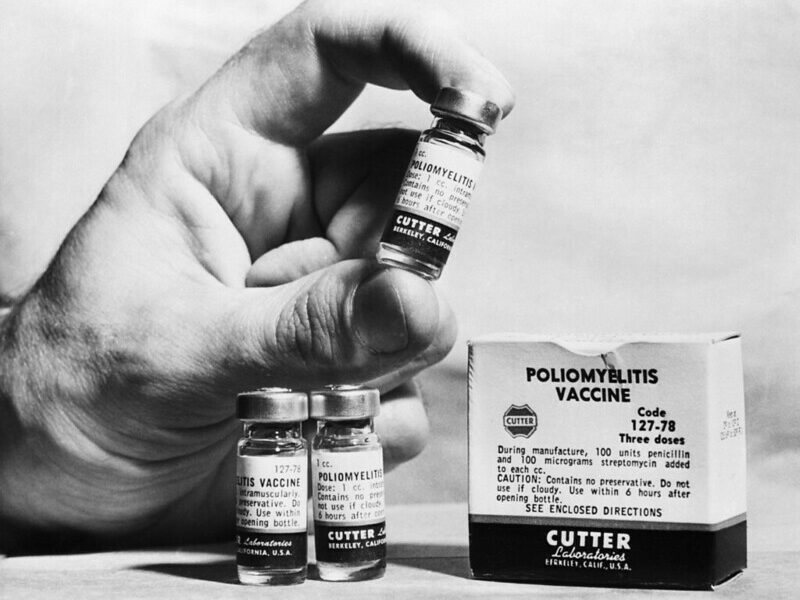An outbreak of Hand, Foot and Mouth Disease (HFMD) in Vietnam has caused 35,000 cases and 83 deaths this year. 52 out of 62 cities and provinces have reported cases and the southern region of the country has been hit the hardest, where nearly 80% of the cases have been reported. Vinh Long locality reported an 803 percent increase in incidence compared to last year, and Tay Ning reported a 753 percent increase. Ho Chi Minh City Health Department reported that the southern metro experienced 22 fatalities out of 7,352 cases, for a case fatality rate (CFR) of 0.3 percent. This is 4 to 5 times higher than the CFR reported in previous HFMD outbreaks. Health officials believe that the high incidence and severity of disease may be due to a more severe strain of Enterovirus 71, the main HFMD-causing virus circulating in Asia, that has been found in a third of the cases.
Despite the urgency of the situation, the national government has been criticized for an overall delay in response. Because no local provinces has been willing to declare an epidemic status in their region, the national government has also been hindered from declaring a national epidemic, thus preventing the deployment of medical resources to the needed areas. This has placed burdens on both hospitals throughout the country, some of which see up to 7,000 patients a day, and on patients, who have found it increasingly difficult to pay the high cost of treatment, despite basic government subsidies. Health inspections also found that many local schools, many of which have purchased Chloramine B, a cleanser used to prevent waterborne diseases, have attempted disinfection efforts without the guidance of medical workers. In early August, 30 children in Hanoi were hospitalized after an unlicensed pre-school mistook disinfection powder for cereal powder and mixed it into the children’s milk. The European Commission has pledged $86,000 to the Vietnamese Red Cross to help with the country’s control efforts.
HFMD is a common viral infection affecting mainly infants and children and transmitted mainly through direct contact with the mucus, saliva or feces of an infected person. There is no vaccine or specific treatment for the disease. Although most cases are mild with fever, red blisters on the hands and feet and ulcers in the mouth, more severe complications such as encephalitis or paralysis may occur. The simplest and most effective prevention measure is diligent hand-washing.
This year, Vietnam reports the second highest HFMD fatality in the world, after China. Earlier this week, Malaysia also released that 2,919 cases have been reported in the country this year, although the situation is much milder, with zero deaths and a drop in cases from last year.
